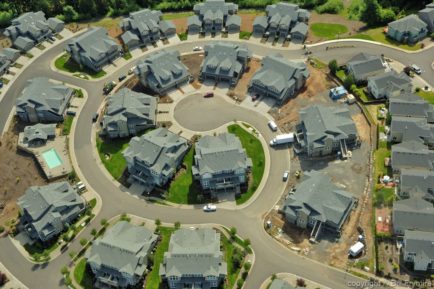Earth Design: Geometry & Disaster Proofing in Architecture

Would you like to use this image? Click here to use it.
Design is an integral part of the built environment that humans inhabit. We live in homes separate from nature and, in the developed world, we spend less and less time outside interacting with nature. This disconnect from the natural world has led to many developments in technology, but one of the most ancient principles of nature still seems to apply. When we design and build our own environments, the shapes that appeal to the majority of people still have their origins in nature’s example of symmetry, such as the Fibonacci sequence, the Golden Ratio, or sacred geometry. Why are we drawn to these concepts? Perhaps nature is trying to tell us something….
Traditional dwellings with round architecture such as Inuit igloos, North American tipis, Mongolian yurts, African mud brick huts, and European roundhouses, are significantly better at withstanding natural storms and earthquakes than square architecture. Other traditional architectural designs found in China incorporate a high level of symmetry and are nearly earthquake-proof. The use of symmetrical columns and wooden brackets, such as in Dougong Temple, provides more movement in a building’s structure and ensures it can withstand a quake.
You may also be familiar with the Fibonacci Sequence, a mathematical concept that was featured in Dan Brown’s “The Da Vinci Code”. This string of numbers is an integer sequence which maps an ever expanding spiral that can be found in many natural forms like seashells, waves, pine cones, and flowers. Although not as widely applied in architecture, the concept of using the sequence may become more widely accepted as building materials change and humankind returns to more natural forms in our homes and work spaces. The conch shell, an organic example of Fibonacci proportion, is also inspiring scientists with its chemical composition, and one wonders if soon we will develop self-healing membranes that can adapt to changes in the environment.
What do you think? Is nature trying to help people survive our changing climate by providing clue to better design within nature? Let me know on Facebook.















